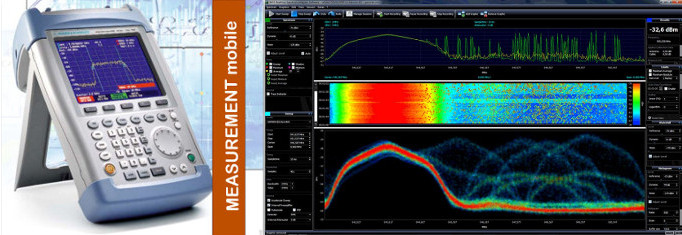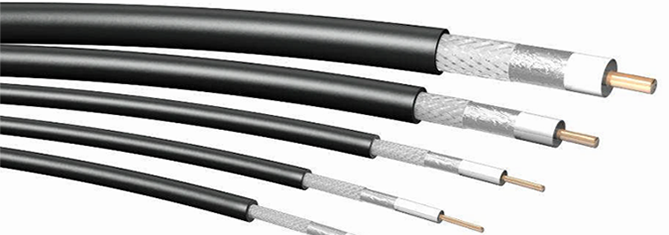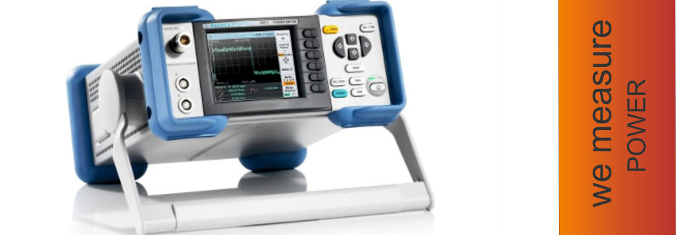Information and Tips

Wideband communication
Wideband communication uses - as the name states - a wider portion of the spectrum. This has some advantages and disadvantages:
- Wideband communication allows for a higher bandwidth and therefore for a faster communication
- Wideband communication allows for spreading the signal to encrypt it (See: Direct Sequence Spread Spectrum and its derivates)
- wideband communication allows for notching out narrow noise sources in the spectrum (See OFDM)
- Wideband communication puts high demands on the linearity of filters (also the respective filter bandwidths are higher)
- It's harder to send and detect wideband signals (You need a high Signal to Noise ratio) as the energy of the signal is distributed across the width of the spectrum which makes the signal weaker the wider it gets (transmitting on a given power level)
- Wideband communication is almost exclusively done in higher frequencies (I'd say 500MHz+) as it's easier to design integrated circuits which have wider filters
- Common modulation techniques are OFDM, GMSK, N-PSK and QAM-N in combination with frequency hopping
Examples of wideband communication are wireless networks: Wifi, LTE, HSPA Narrowband communication.
- Narrowband communication
- Narrowband communication uses a narrow bandwidth.
- Narrowband signals are used in a slower form of communication where mainly voice or slow datastreams have to be transmitted
- Narrowband signals usually have a far greater range of reception as narrower filters can be used and therefore cancel out unwanted wideband noise. The transmitted energy also concentrates on a smaller portion of the spectrum.
- Common uses are LoraWan, RFID, GSM 900 satellite downlinks, morse code (CW), GPS signals and NOAA, Frequency-Shift Keying( LoraWan )
- Log in to post comments








